2023 Vol. 6, No. 4
Cover story: Wu ST, Yang ZC, Ma CG, Zhang X, Mi C et al. Deep learning enhanced NIR-II volumetric imaging of whole mice vasculature. Opto-Electron Adv 6, 220105 (2023).
Recently, Professor Dayong Jin’s group, UTS-SUStech Joint Research Centre for Biomedical Materials & Devices, developed an imaging method for volumetric imaging of whole mice vasculature. In traditional animal imaging methods, only two-dimensional information can be obtained. However, they systematically apply a light-sheet illumination, a time-gated detection, and a deep-learning algorithm to yield high-contrast high-resolution volumetric images. The system can rapidly scan a volume of view of 75×55×20 mm within 6 mins, resolving vessels from 100 μm. By adding a scattering-based modality to acquire the 3D surface profile of the mice skin, they reveal the whole volumetric vasculature network with clear depth resolution within more than 1 mm from the skin.
This is the first time that light sheet illumination has been applied to large-scale animal imaging. The illumination mode of scanning light sheet can realize 3D imaging with low heat accumulation. At the same time, they used time gating technology to reduce excitation power and thermal effect in fluorescence imaging. To reduce the influence of scattering light, they used computational imaging methods such as depth learning to enhance the vascular image.
The whole mice scale 3D imaging with acceptable depth resolution of 0.1 mm fills the gap between the conventional 2D microscopic and macroscopic imaging, which enables the studies of the whole-body pathology models. With the large volume of information, the system provides capability of analyzing the microscopic details of macroscopic region of interest in the context of the intact body, such as the transport of cancer cells in blood vessels. High speed in vivo volumetric imaging with high contrast and high resolution offers superior advantages compared with the current tissue transparency techniques used to avoid scattering effects in imaging the details of fixed organs.

-
{{article.year}}, {{article.volume}}({{article.issue}}): {{article.fpage | processPage:article.lpage:6}}. doi: {{article.doi}}{{article.articleStateNameEn}}, Published online {{article.preferredDate | date:'dd MMMM yyyy'}}, doi: {{article.doi}}{{article.articleStateNameEn}}, Accepted Date {{article.acceptedDate | date:'dd MMMM yyyy'}}CSTR: {{article.cstr}}
-
{{article.year}}, {{article.volume}}({{article.issue}}): {{article.fpage | processPage:article.lpage:6}}. doi: {{article.doi}}{{article.articleStateNameEn}}, Published online {{article.preferredDate | date:'dd MMMM yyyy'}}, doi: {{article.doi}}{{article.articleStateNameEn}}, Accepted Date {{article.acceptedDate | date:'dd MMMM yyyy'}}CSTR: {{article.cstr}}

 E-mail Alert
E-mail Alert RSS
RSS


